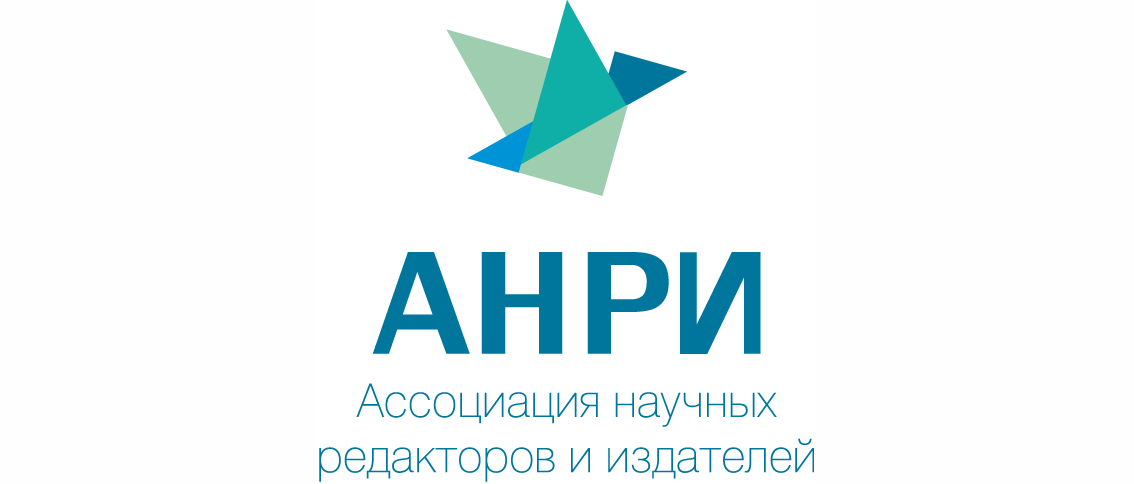Menu
Publications
2025
2024
2023
2022
2021
2020
2019
2018
2017
2016
2015
2014
2013
2012
2011
2010
2009
2008
2007
2006
2005
2004
2003
2002
2001
Editor-in-Chief

Nikiforov
Vladimir O.
D.Sc., Prof.
Partners
doi: 10.17586/2226-1494-2017-17-6-1140-1152
OPERATIONAL CONTROL METHOD FOR TRAIN INTEGRITY MONITORING BASED ON OPTICAL COHERENT REFLECTOMETRY DATA
Read the full article
Article in Russian
For citation: Timofeev A.V., Groznov D.I. Operational control method for train integrity monitoring based on optical coherent reflectometry data. Scientific and Technical Journal of Information Technologies, Mechanics and Optics , 2017, vol. 17, no. 6, pp. 1140–1152 (in Russian). doi: 10.17586/2226-1494-2017-17-6-1140-1152
Abstract
For citation: Timofeev A.V., Groznov D.I. Operational control method for train integrity monitoring based on optical coherent reflectometry data. Scientific and Technical Journal of Information Technologies, Mechanics and Optics , 2017, vol. 17, no. 6, pp. 1140–1152 (in Russian). doi: 10.17586/2226-1494-2017-17-6-1140-1152
Abstract
The paper presents a novel method for wagon counting of moving trains. The method is based on optical coherent reflectometry data from an area of train track laying. A wagon number operational control in a train composition is widely used as one of the main methods of train integrity monitoring. In turn, train integrity is one of the main important factors in the security provision of railway traffic. The method proposed in the paper is simple, intuitive and easily realizable in practice. Its high economic efficiency is caused by the fact that the method does not require any additional equipment with exception of that already installed in the monitoring system of the train movement regulation on the base of optical coherent reflectometry. The proposed algorithm is built upon the joint application of the hidden Markov model and Viterbi-like method used for sequence of states evaluation of the hidden Markov model. The field-service tests performed at the real railroad haul have proved high practical efficiency of the approach.
Keywords: Viterbi-like method, hidden Markov model, optical coherent reflectometry, C-OTDR (Coherent Optical Time Domain Reflectometer), train integrity monitoring system
References
References
1. Choi K.N., Juarez J.C., Taylor H.F. Distributed fiber optic pressure/seismic sensor for low-cost monitoring of long perimeters. Proceedings of SPIE, 2003, vol. 5090, pp. 134–141. doi: 10.1117/12.484911
2. Gapanovich V.A. Innovative development of the company. Railway Transport, 2016, no. 2, pp. 18–21. (In Russian)
3. Timofeev A.V., Denisov V.M. Multimodal heterogeneous monitoring of super-extended objects: modern view. Studies in Systems, Decision and Control, 2016, vol. 62, pp. 97–116. doi: 10.1007/978-3-319-32525-5_6
4. Timofeev A.V., Egorov D.V., Denisov V.M. The rail traffic management with usage of C-OTDR monitoring systems. International Journal of Computer, Electrical, Automation, Control and Information Engineering, 2015, vol. 9, no. 7, pp. 1560–1563.
5. Papp A., Wiesmey C. Train detection and tracking in optical time domain reflectometry (OTDR) signals. Lecture Notes in Computer Science, 2016, vol. 9796, pp. 320–331. doi: 10.1007/978-3-319-45886-1_26
6. Solomon B. Railroad Signaling. Minneapolis, Voyageur Press, 2010, 162 p.
7. Neri A., Rispoli F., Salvatori P., Vegni A.M. A train integrity solution based on GNSS double-difference approach. Proc. 27th Int. Technical Meeting of the Satellite Division of the Institute of Navigation. Tampa, USA, 2014, vol. 1, pp. 34–50.
8. Oh S., Yoon Y., Kim K., Kim Y. Design of train integrity monitoring system for radio based train control system. Proc. Int. Conf. on Control, Automation and Systems, ICCAS. Jeju, South Korea, 2012, pp. 1237–1240.
9. Scholten J., Westenberg R., Schoemaker M. Sensing train integrity. Proceedings of the IEEE Sensors. Christchurch, New Zealand, 2009, pp. 669–674. doi: 10.1109/ICSENS.2009.5398340
10. Krylov V.V. Generation of ground vibration boom by high-speed trains. In: Noise and Vibration from High-Speed Trains. London, Thomas Telford Publishing, 2015, pp. 251–283. doi: 10.1680/navfht.29637.0009
11. Zhai W., He Z., Song X. Prediction of high-speed train induced ground vibration based on train-track-ground system model. Earthquake Engineering and Engineering Vibration, 2010, vol. 9, no. 4, pp. 545–554. doi: 10.1007/s11803-010-0036-y
12. Kouroussis G., Connolly D.P., Verlinden O. Railway-induced ground vibrations – a review of vehicle effects. International Journal of Rail Transportation, 2014, vol.2, no. 2, pp. 69–110. doi: 10.1080/23248378.2014.897791
13. Baum L.E., Petrie T., Soules G., Weiss N.A. Maximization technique occurring in the statistical analysis of probabilistic functions of Markov chains. The Annals of Mathematical Statistics, 1970, vol. 41, no. 1, pp. 164–171. doi: 10.1214/aoms/1177697196
14. Forney G.D. Jr. The Viterbi algorithm. Proceedings of the IEEE, 1973, vol. 61, no. 3, pp. 268–278. doi: 10.1109/PROC.1973.9030
15. Geisser S. Predictive Inference: An Introduction. NY, Chapman and Hall, 1993, 264 p.
16. Rosenberger M. The future challenges of wheel detection and axle counting. SIGNAL+DRAHT, 2011, vol. 9.
























